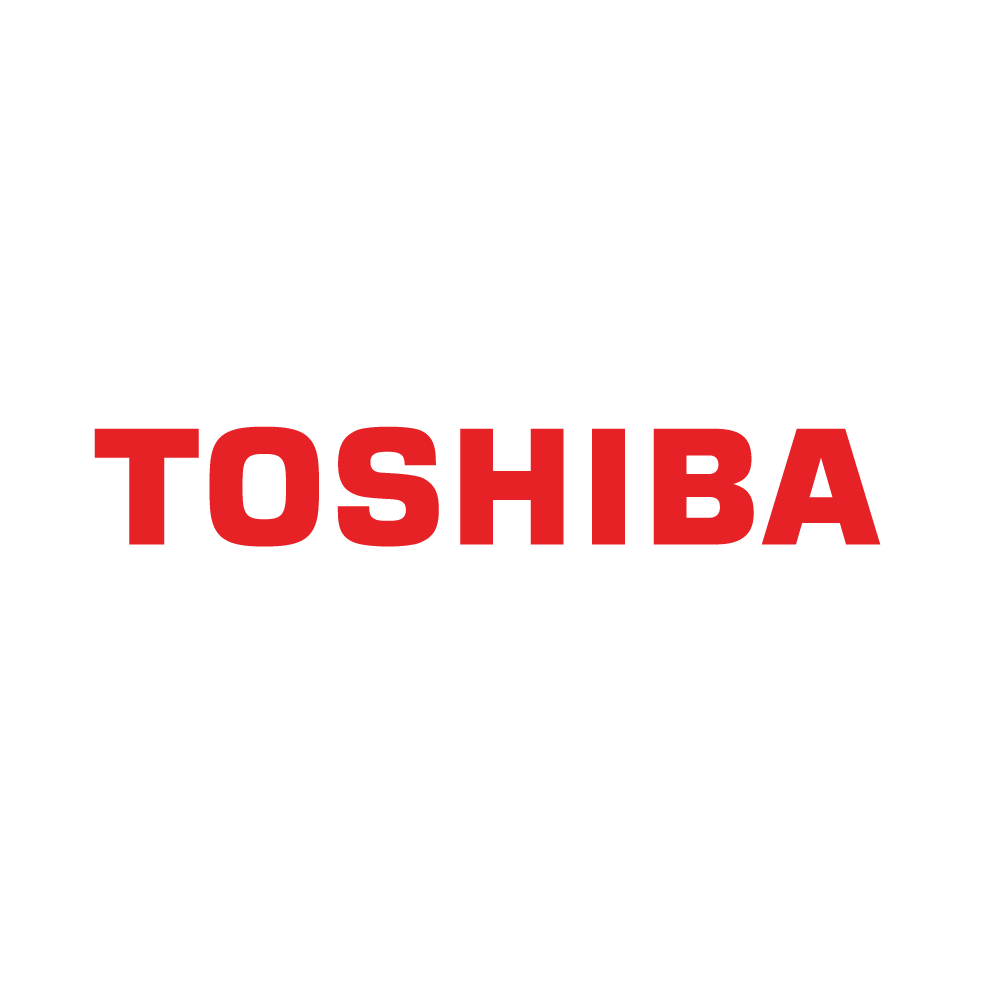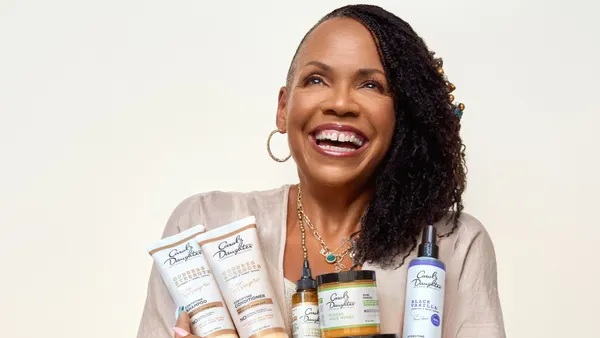Dive Brief:
-
Amazon's consumer product sales in the health and personal care, baby and grocery segments saw double-digit growth in the first quarter 2017, while the overall global health and personal care markets declined 1% and the grocery market declined 10%, according to a report from e-commerce research firm One Click Retail released on Monday.
-
Total Q1 U.S. baby products revenues dropped 10%. Most of the decrease was in offline sales, while e-commerce market share rose from 20% to 22%. The baby products category enjoyed the highest e-commerce consumer products penetration, with Amazon having 43% of the total. Q1 Amazon U.S. sales of diapers rose 30%, baby food rose 15%, and baby formula rose 80%. In both the U.S. and the U.K., Amazon saw triple-digit growth of top brands like Pampers (700% increase).
-
In the U.S. alone, total HPC sales rose only about 1% in Q1 2017. In 2016, Amazon earned $1.3 billion, or 27.5% of the total annual sales in 2016. The leading Amazon HPC category is hair care in the U.S. (85% growth), and household consumables in the U.K. (440% growth).
Dive Insight:
For many consumers, loyalty to any one retailer when buying detergent or boxed cereal isn’t quite as strong as to the brand itself, a vulnerability that Amazon is poised to exploit with promises of fast shipping, same-day delivery in some areas, and low (or at least competitive) prices. There’s already evidence that Amazon Prime members in particular use the site to “solve their problem” if their favorite consumer product can’t be found at Target, Walmart or their usual grocery store, according to research from consulting firm Frank N. Magid Associates. As consumers shift away from brick and mortar towards e-commerce for consumables, the popularity of Amazon's services such as Prime, Pantry and Fresh are gaining ground, according to One Click Retail’s report.
Consumers are simply getting more comfortable with buying groceries online, particularly consumer products, which typically come in the same packaging, enjoy brand loyalty (so shoppers aren’t perusing their options very often) and don’t invite the level of scrutiny that fresh foods do. But Amazon in particular is winning in this corner of e-commerce thanks to improved delivery times and an increased number of fulfillment options, according to One Click Retail CEO Spencer Millerberg. And Amazon Prime members, whose numbers themselves are growing, are the most likely to try and like services like Amazon Pantry, he said.
"There are now more than 65 million Amazon Prime subscribers, and they are more likely to buy their groceries online than non-subscribers,” Millerberg said in a statement. “Last year's sharp rise in Prime membership has continued into Q1 2017. With more shoppers buying exclusive access to Amazon Pantry, the rate of growth for most consumables is much higher in Pantry than in the general marketplace, with top categories multiplying revenue by as much as five times.”
That kind of growth suggests that consumer product companies in the U.S., the U.K. and Germany should consider engaging with Amazon Prime members, according to Millerberg.
But that’s a fraught effort, considering that Amazon has a penchant for developing its own private-label products, often available only to Prime members. Amazon Elements, for example, a consumer product line including baby wipes available exclusively to the retailer's Prime members, is “cleaning up market share,” increasing 266% year over year according to consumer spending research conducted by 1010data Market Insights. Based on total dollars sold among the top 10 brands, Amazon now controls 16% of the baby wipes market, just behind Huggies (33%) and Pampers (26%), according to 1010data.
These days, Amazon also has a new sidekick in its efforts — the artificial intelligence-powered voice assistant, Alexa, which remembers what detergent Prime members tend to order, but fills in the Amazon private label version in a pinch. That might be a point of contention for consumer products companies dealing with Amazon, according to Magid VP Matt Sargent. “I was surprised there isn’t more of [an outcry] about that,” Sargent told Retail Dive earlier this year. “If you look at Alexa and how it does ordering — if you haven’t set ‘I always want Tide,’ it’ll make a selection for you. That’s a hugely terrifying proposition for manufacturers.”
Despite its growth in the space, Amazon has struggled to make much headway with consumer goods sales — just 10% of consumers turn to its site for grocery and household items, compared to more than half (51%) buying consumer electronics and small appliances there, and 25% for health and beauty items, Magid found. Amazon has also grappled with positioning its Prime Pantry program by changing up the pricing structure. Still, Subscribe and Save customers have found that Amazon’s prices aren’t always consistent or even the best deal.














